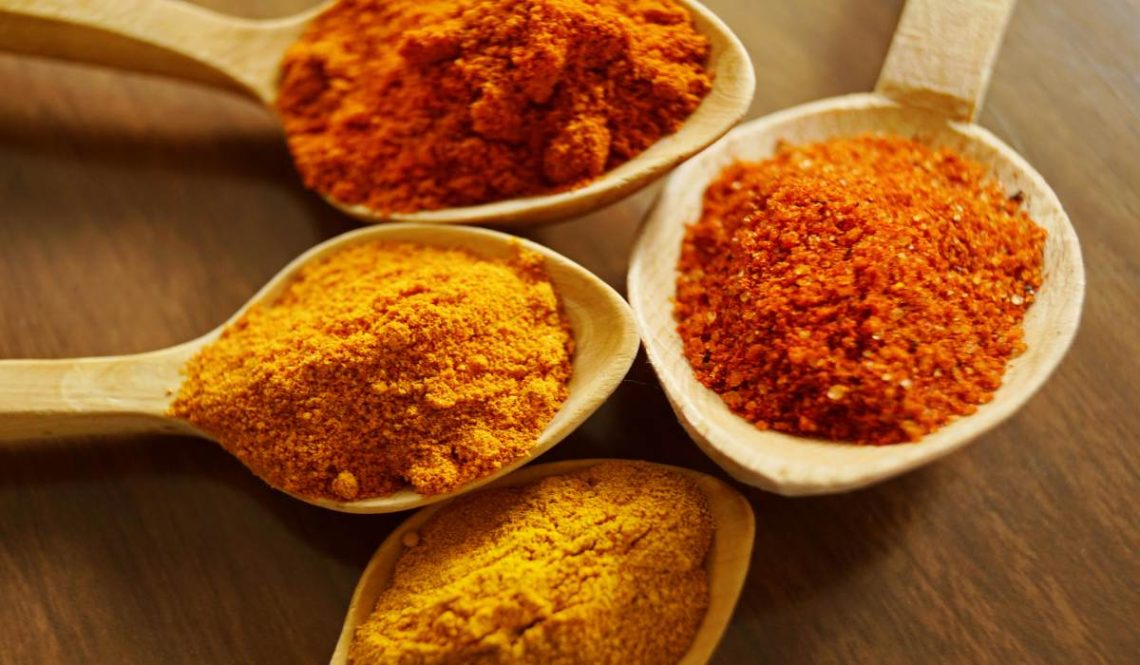
History of Indian Spices: A Journey Through Time
India has long been regarded as the ‘Land of Spices,’ and for good reason. The rich aroma, vibrant colors, and unique flavors of Indian spices have captivated people around the world for centuries. These spices are more than just ingredients in a dish—they tell the story of India’s culture, trade, and history. In this blog, we will talk about the fascinating history of Indian spices, exploring their origins, their role in shaping global trade, and their lasting impact on cuisine and culture around the world. Keep reading!
The Beginnings: Origin of Spices in India
Spices have been part of Indian life for thousands of years. The origin of spices in India goes back to ancient times, with evidence showing that the Indus Valley Civilization, which existed around 2000 BCE, used spices like turmeric, black pepper, and cinnamon. These spices were used not just for cooking but also for their healing properties. India’s varied climate and geography made it an ideal place for a wide range of spices to grow naturally.
The Spice Trade: Spices in India’s History
India quickly became the heart of the global spice trade. Spices from India, such as black pepper, cardamom, and cinnamon, were highly valued by ancient civilizations like the Egyptians, Greeks, and Romans. The high demand for these spices led to the creation of trade routes that connected India with the rest of the world. By the 15th century, European explorers, driven by their desire for Indian spices, discovered new sea routes to India, with Vasco da Gama’s arrival in 1498 marking a significant moment in the spice trade history.
Culinary Significance: Indian Spices History
In India, spices are the foundation of its cuisine. Each and every region in India has its own unique spice blends that give dishes their special flavors. Spices like cumin, coriander, and turmeric are common in Indian cooking. These spices not only enrich the taste of food but also offer health benefits, which have been recognized in Indian Ayurveda for centuries. The everyday use of these spices in cooking shows how deeply connected food and health are in Indian culture.
Cultural and Religious Importance
Spices in India are important beyond the kitchen. They play a role in cultural and religious practices as well. For example, turmeric is often used in Hindu religious ceremonies and symbolizes purity and prosperity. Saffron, another prized spice, is used in religious offerings and is associated with spirituality. The use of spices in these ways highlights their significance in Indian traditions.
Global Influence of Indian Spices
Indian spices have influenced cuisines around the world. As the spice trade grew, European powers established spice plantations in other parts of the world to meet the growing demand. Spices originally from India, like pepper, ginger, and cloves, became popular in kitchens across Europe and America. The history of spices in India shows how these flavors shaped global culinary traditions and brought the rich tastes of Indian cuisine to the world.
Bottom Line
The history of Indian spices is a rich and colorful story of trade, culture, and food. The origin of spices in India and their spread around the world highlights their importance in shaping history. Today, Indian spices are still celebrated for their unique flavors and health benefits, continuing a tradition that began thousands of years ago.
FAQs
What is the origin of Indian spices?
Indian spices originated thousands of years ago, with evidence of their use found in the ancient Indus Valley Civilization around 2000 BCE. Spices like turmeric, black pepper, and cinnamon were used for cooking, medicinal purposes, and religious rituals.
Why were Indian spices so valuable in ancient times?
Indian spices were highly valued due to their unique flavors, medicinal properties, and preservative qualities. They were a luxury in ancient civilizations, driving global trade and leading to the establishment of trade routes like the Silk Road and Spice Route.
How did the spice trade impact India’s history?
The spice trade turned India into a major hub for global commerce. The high demand for Indian spices attracted traders from around the world and led to the exploration of new sea routes, such as Vasco da Gama’s arrival in India in 1498. This trade significantly influenced India’s economy and cultural exchanges.
What are some of the most famous Indian spices?
Some of the most famous Indian spices include black pepper, turmeric, cumin, cardamom, cloves, coriander, and saffron. These spices are integral to Indian cuisine and are also used for their health benefits and in traditional medicine.
How did Indian spices influence global cuisine?
Indian spices like pepper, ginger, and cloves became staples in kitchens across Europe, America, and beyond. The spread of these spices through trade routes and colonial plantations introduced the world to the rich and varied flavors of Indian cuisine, leaving a lasting impact on global culinary traditions.
Khushi Jha
I am Khushi Jha, a proud alumna of Delhi University with a degree in History and Political Science. My fascination with the events that have shaped our world drives me every day. Currently, I am pursuing my Master’s in History, diving even deeper into global dynamics and the incredible heritage of India. I firmly believe that India's rich heritage deserves wider recognition. I strive to bring its stories to the forefront, ensuring they are celebrated and acknowledged on a global stage. I have written extensively across various niches, including fashion, health, lifestyle, real estate, hospitality, amongst others. In my free time, you’ll find me immersed in books, both fiction and non-fiction, or simply enjoying some much-needed rest.
You May Also Like

India’s First Bullet Train Nearing Launch: Mumbai to Ahmedabad in Just 2 Hours
August 9, 2025
Sleep Tourism: Travel for Better Rest and Rejuvenation
November 1, 2025



One Comment
Pingback: